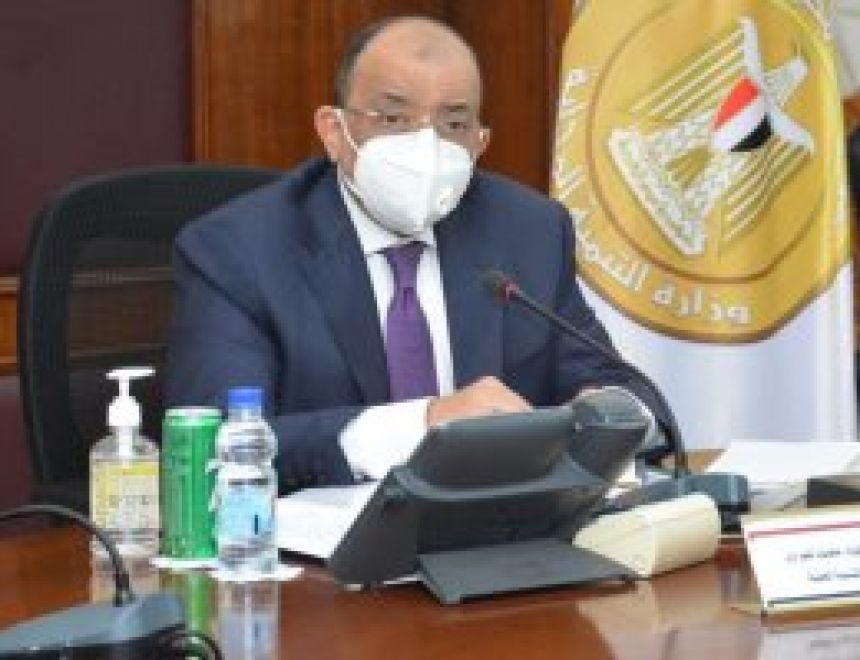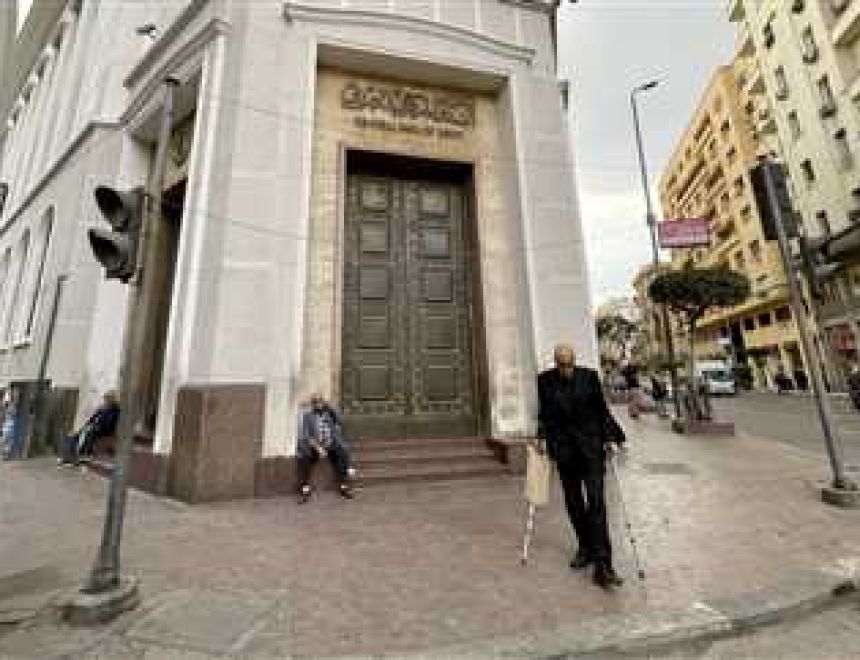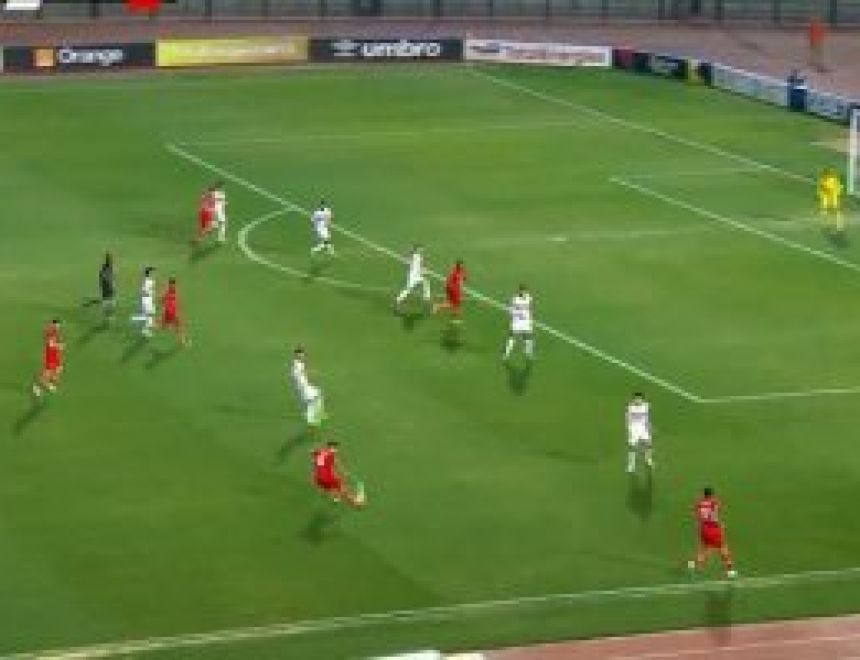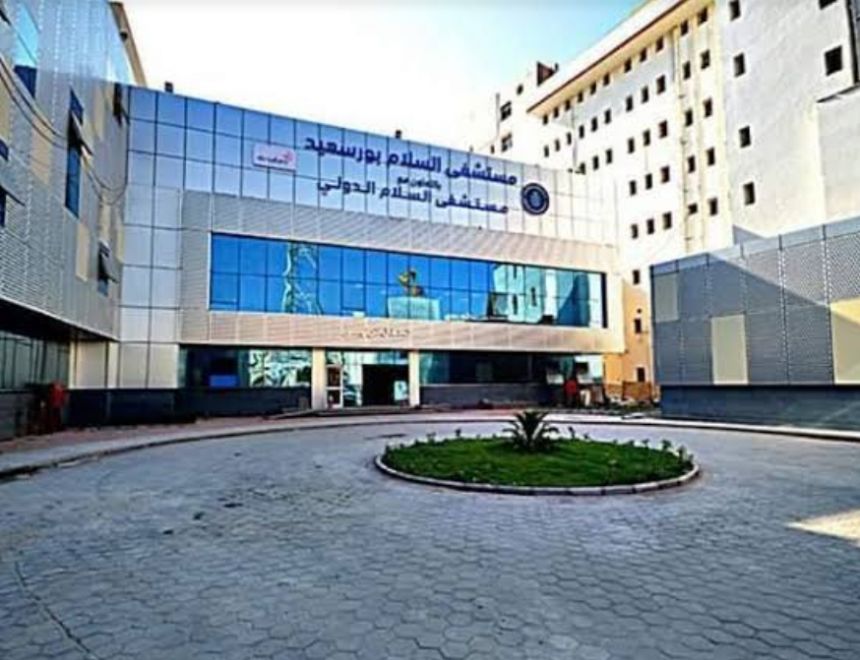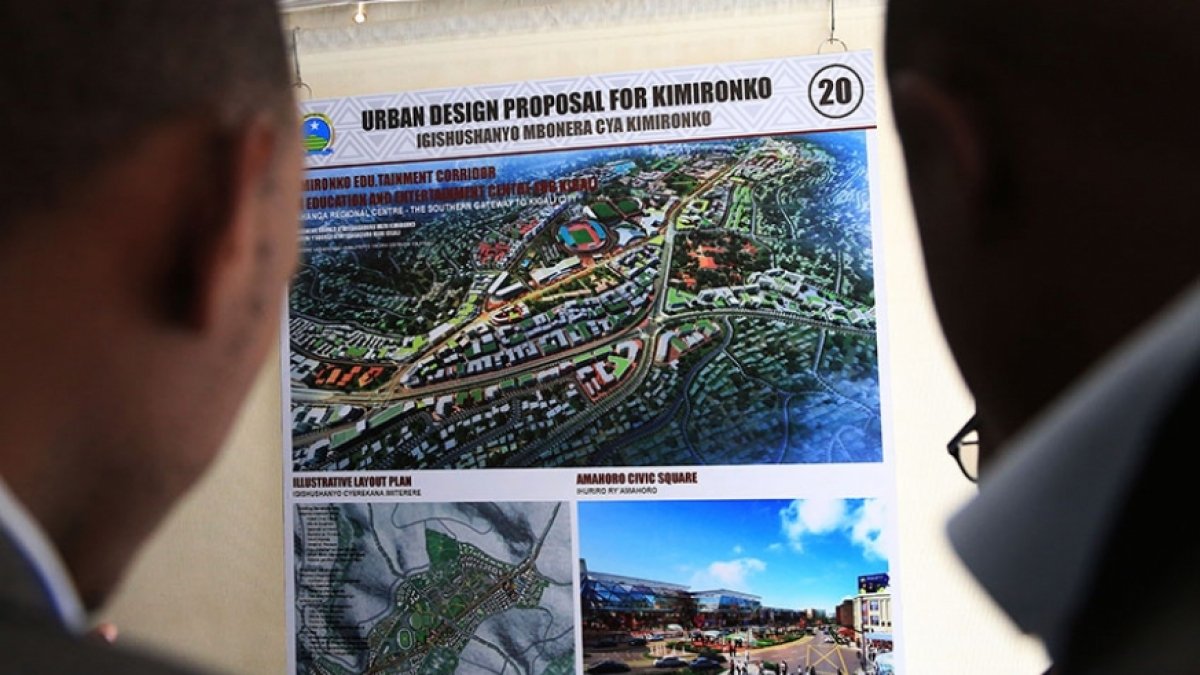
The revised City of Kigali Master Plan will discourage the relocation of slum dwellers and only exceptions will be made where those slums are built in areas that are prone to disasters and will therefore endanger people's lives, according to officials.
Houses in rundown neighborhoods will no longer be demolished to pave way for upscale housing as previously dictated by the 2013 version of the master plan.
The new master plan which is expected to be launched next month (December) will provide an option of home owners in slum dwellings to upgrade their houses to decent standards but in accordance with their financial means.
When the master plan was being drafted in May 2019, Jean Runuya, the chairperson of Rwanda Architects’ Association said that, previously, the master plan was only looked at as a tool to relocate citizens from high-risk zones and not in its broader context, which was counterproductive in the end.
Gradual construction
The revised master plan also favors landowners who are immediately incapable to construct required houses by permitting gradual construction. The policy will allow people to complete a building in segments as their economies allow.
Moreover, the city, with the new edition, will encourage “mixed-use zones” along main roads, which the previous master plan did not grant.
Mixed-use zones are areas that allow both commercial and/or residential buildings, explained Benon Rukundo, the Master Plan Review and Development Control Officer at the City of Kigali.
He was speaking at a meeting held on Thursday, November 21 that brought together local leaders from all decentralised entities from across the city.
In other words, Rukundo exemplified, mix-use will make it possible for one to have the front of a house as a store and the back as a residence.
An all-inclusive master plan
During the meeting, local leaders raised the issue of the lack of ownership of the masterplan by all city dwellers, because it is viewed as one that is there to serve the interest of the rich at the expense of those of little means.
Nadine Gatsinzi Umutoni, the Vice Mayor in charge of Socio-Economic Affairs at the City of Kigali responded that the new comprehensive master plan is favorable for people of every category.
“This master plan is all-inclusive. It was carefully studied to integrate both high-income and low-income people,” said the vice mayor.
The design process of the new master plan took into consideration insights from different stakeholders who shared their concerns about the current master plan through various medias such as reports on the village level and social media among others, added Rukundo.
The Five zones
The new plan partitions the city into five zones distinguished by symbols and regulations according to their use.
The residence zone is represented by letter “R” which is subdivided into smaller areas from R1 to R4 respective to the number of housing units one plans to set up on a single plot.
Rukundo clarified that the numbering does not entail the number of stories a house in that zone should have as it is widely known currently, but the number of housing units.
Another category represented by letter “C” is reserved for commercial use including the uptown and the downtown zones.
The master plan also earmarks an entertainment or public zone represented by letter “P”. Public facilities like hotels, gardens and recreational parks will be in these zones.
Besides the Kigali Sports Hub present in the plan that will be a composite of sports facilities and malls, the vice mayor said that the city plans to increase the number of public gardens and recreational spaces.
She gave an example of Green Village to be constructed in Kinyinya Sector to say that “more are to come”.
In the mobility aspect, the city will see new roads specifically built for public transport, she mentioned.
The other two categories included in the new master plan are swamps represented by “W” and industrial zones marked by “I”. For the latter category, the plan differentiates zones for polluting from non-polluting industries.
The new master plan will be launched and accessed by the general public by the end of December 2019, said the officials, now that the final version has been made. Warranted 30 years, it will be implemented in five phases with an expectation to have created at least 1.7 million jobs by 2050.











